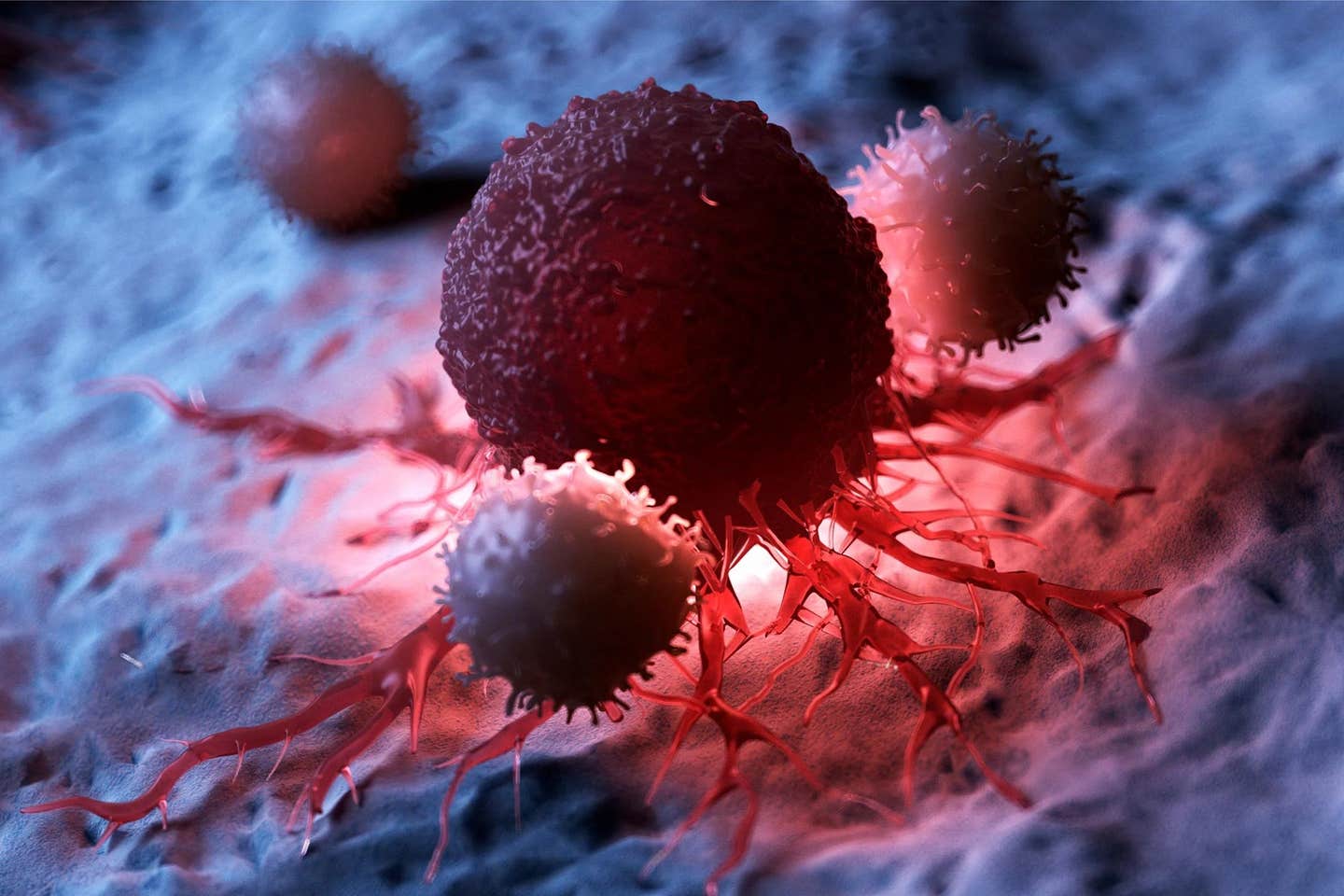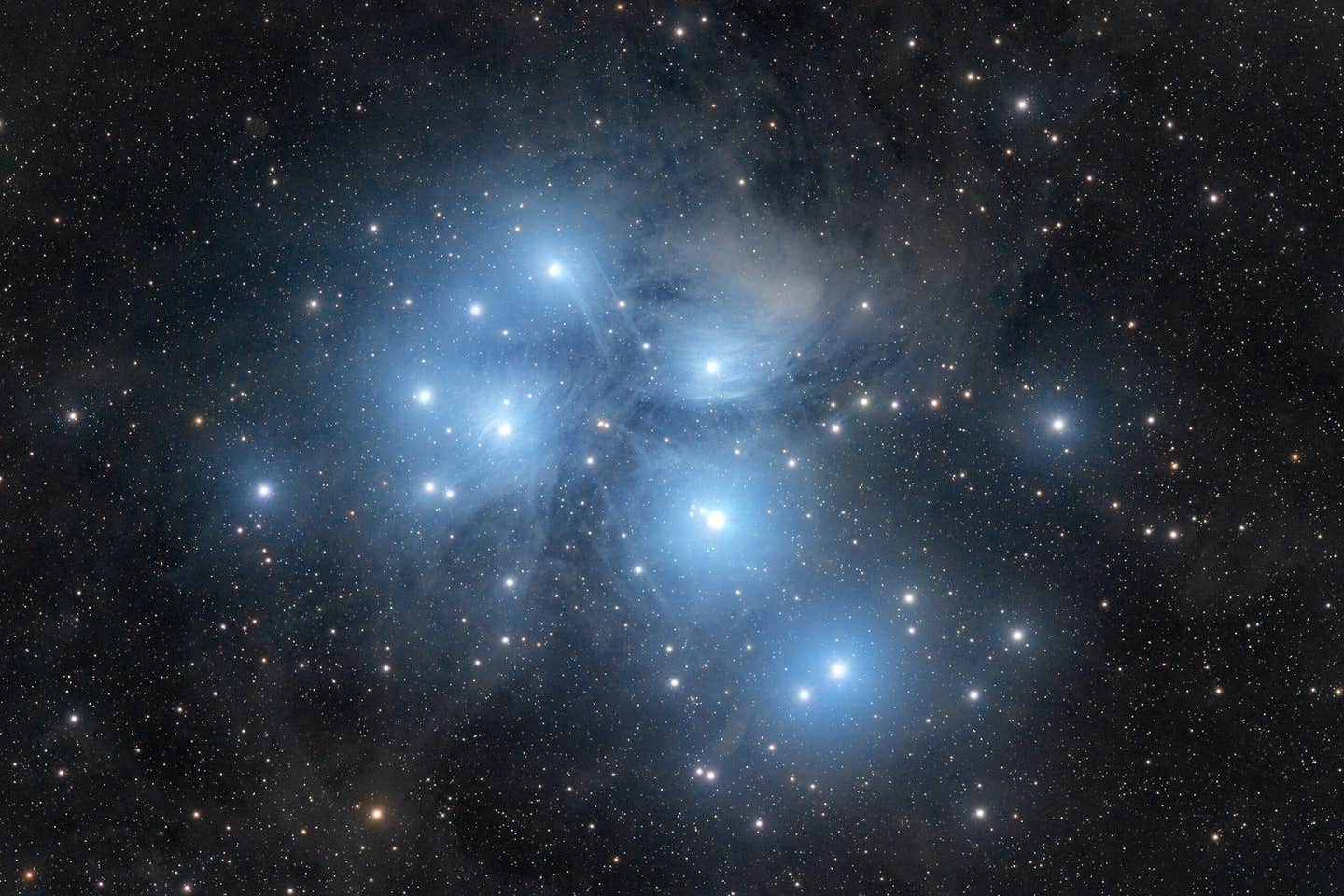Underground water in Martian dunes points to hidden habitable zones
New research finds that underground water shaped Martian dunes, revealing long-lasting habitable zones.

 Edited By: Joshua Shavit
Edited By: Joshua Shavit

NASA’s Curiosity rover at Mars’ Gale Crater. Hardened dunes act as natural vaults that can store chemical signatures of life for billions of years. (CREDIT: NASA/JPL-Caltech/MSSS)
Late in the story of Mars, long after its lakes and rivers had faded, something quiet still moved beneath its dusty surface. New research suggests that thin trickles of water continued to seep below the ground, leaving behind hardened sand formations that now stand as one of the clearest windows into the planet’s past. When you look at these rock layers, you begin to see how Mars may have stayed livable far longer than once believed.
A Fresh Look at Gale Crater’s Rocky Record
Much of what scientists know about Mars comes from NASA’s Curiosity rover, which has spent years driving through Gale Crater and studying its many layers. Among those layers sits the Stimson formation, a set of ancient dunes that turned to stone. Curiosity spotted these lithified dunes across the region, including along a striking landform known as the Greenheugh pediment.
These dunes hardened in a way that has puzzled researchers. Mars was thought to have been bone dry by the time these layers formed, yet something had to bind the sand grains together. Earlier work found small mineral nodules at the lower part of the pediment. Those nodules hinted at short bursts of runoff at the surface.
The newest study takes this further by comparing rover photos to similar hardened dunes in the United Arab Emirates. The goal was to understand how water once moved through these Martian sands and what that movement might have meant for life.
How Ancient Water Moved Through Martian Dunes
The research team from New York University Abu Dhabi looked at both the larger region and the fine details in the dune layers. They then matched those observations to patterns in desert formations on Earth. Dimitra Atri, who leads the Space Exploration Laboratory at NYUAD, worked with research assistant Vignesh Krishnamoorthy to build a clearer picture of how groundwater once shaped Gale Crater.
Their results show that small amounts of water seeped from a nearby mountain into the dunes. It did not gush down in streams but slipped quietly through tiny cracks, slowly soaking the sand from below. Over time, that moisture left behind minerals such as gypsum. The same mineral forms in deserts on Earth when water moves through buried dune layers. It hardens the dunes and can also trap organic material.
Those minerals act like time capsules. Once in place, they can hold chemical traces of life for billions of years. That makes these hardened dunes appealing targets for future missions that hope to answer one of the oldest questions in planetary science: Did Mars ever host life?
A Planet That Faded Slowly, Not All at Once
For many years, Mars was painted as a world that shifted quickly from warm and wet to cold and dry. Atri’s team found evidence that the change may have happened in a more gradual and uneven way.
“Our findings show that Mars didn’t simply go from wet to dry,” Atri said. “Even after its lakes and rivers disappeared, small amounts of water continued to move underground, creating protected environments that could have supported microscopic life.”
Those protected spots would have been shielded from harsh radiation and freezing winds. If any life ever developed on Mars, it might have retreated into these small, hidden pockets for a time.
Why Lithified Dunes Are Rising as Prime Search Sites
This research also highlights how important it is to study the layers where water once pooled. The unconformity at the base of the Greenheugh pediment, where one rock layer meets another, appears to have acted like a pathway for water. When dunes above that zone became saturated, they formed their own small aquifer.
On Earth, similar aquifers can support microbes even with very little water. The team’s work with desert analogues in the UAE shows that these buried wet zones could have been habitable on Mars as well.
Over billions of years, the water vanished, but the structures it left behind remained frozen in place. These well-preserved rock layers now tell the story of a world that held onto its last traces of water long after its surface dried out.
What This Means for Future Exploration
The more clearly scientists understand how water behaved in Gale Crater, the easier it becomes to choose locations for future missions. The preserved dunes show where water lingered and where organic material may still be locked inside crystals. As missions grow more capable, researchers will know where to dig, drill or sample to find the strongest clues of past life.
This work points future Mars missions toward rock layers that are most likely to preserve organic material. Hardened dunes act as natural vaults that can store chemical signatures of life for billions of years.
Understanding how water once moved underground will help mission planners choose landing sites and sampling targets with higher chances of success.
This approach increases the odds of finding evidence of ancient microbes and deepens our understanding of how rocky planets evolve. It may also guide the search for life on worlds beyond our solar system by showing how long habitable pockets can survive after surface water disappears.
Research findings are available online in the journal JGR Planets.
Related Stories
- Strange new mineral found on Mars points to past potential for life
- NASA rover discovery suggests Mars once hosted microbial life
- New study finds life could survive under the surface of Mars and other planets
Like these kind of feel good stories? Get The Brighter Side of News' newsletter.
Joseph Shavit
Science News Writer, Editor-At-Large and Publisher
Joseph Shavit, based in Los Angeles, is a seasoned science journalist, editor and co-founder of The Brighter Side of News, where he transforms complex discoveries into clear, engaging stories for general readers. With experience at major media groups like Times Mirror and Tribune, he writes with both authority and curiosity. His work spans astronomy, physics, quantum mechanics, climate change, artificial intelligence, health, and medicine. Known for linking breakthroughs to real-world markets, he highlights how research transitions into products and industries that shape daily life.



